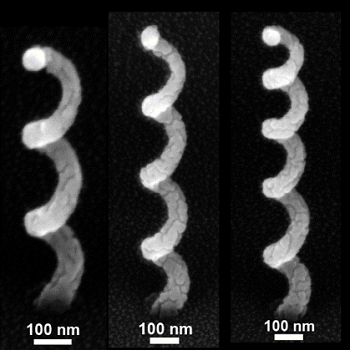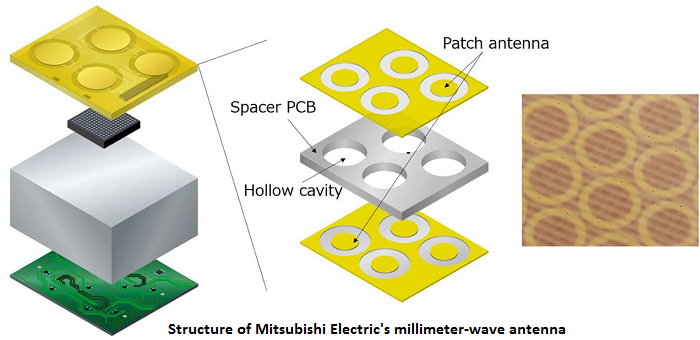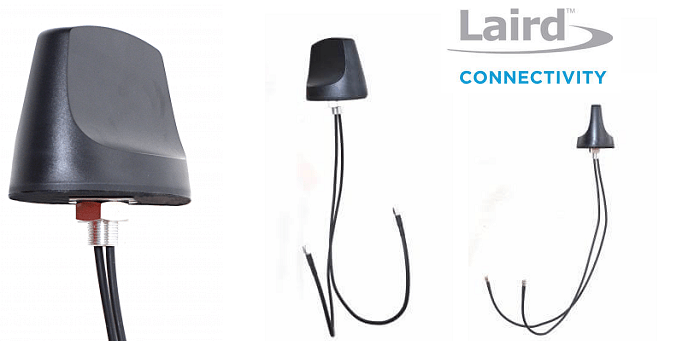Analytical Tool to Design Corkscrew-Shaped Nano Antennas for Sensing Applications
A team at HZB (Helmholtz Zentrum Berlin) in Berlin has analytically derived how corkscrew-shaped nano-antennas interact with light. HZB is one of the largest non-university research centers based in Berlin. The mathematical tool they have developed can be used to calculate the geometry a nano-antenna must have for specific applications in sensor technology or information technology. The nanostructures from Katja Höflich‘s HZB team are shaped like corkscrews and made of silver. Mathematically, such a nano antenna can be regarded as a one-dimensional line that forms a helix, characterized by parameters such as diameter, length, number of turns per unit length, and handedness.
The nano corkscrews are highly sensitive to light: depending on frequency and polarization, they can strongly enhance it. Because helical antennas have a handedness, they can select light quanta according to their spin. This results in novel applications in information technology based on the spin quantum number of light. Another application may lay in sensor technology in detecting chiral molecular species down to the single molecule level.
Usually, the interaction of such nano-antennas with an electromagnetic field is determined using numerical methods. Each helix geometry, however, requires a new numerically expensive calculation. This analytical description can be used as a design tool, as it specifies the required geometrical parameters of a nano-helix to amplify electromagnetic fields of desired frequencies or polarization.
The HZB researchers were able to fabricate a nano-antenna in an electron microscope by using direct electron-beam writing. The electron beam first writes a helix-shaped carbon structure one point at a time. This structure is subsequently coated with silver. The actual measurements of the optical properties for these silver nano-antennae are in good agreement with the calculated properties predicted by the analytical model.
A team at
HZB (Helmholtz Zentrum Berlin)
in Berlin has
analytically derived how corkscrew-shaped nano-antennas interact with light. HZB is one of the largest non-university research centers based in Berlin.
derived
The mathematical tool they have developed can be used to calculate the geometry a nano-antenna must have for specific applications in sensor technology or information technology. The nanostructures from
Katja Höflich
‘s HZB team are shaped like corkscrews and made of silver. Mathematically, such a nano antenna can be regarded as a one-dimensional line that forms a helix, characterized by parameters such as diameter, length, number of turns per unit length, and handedness.








